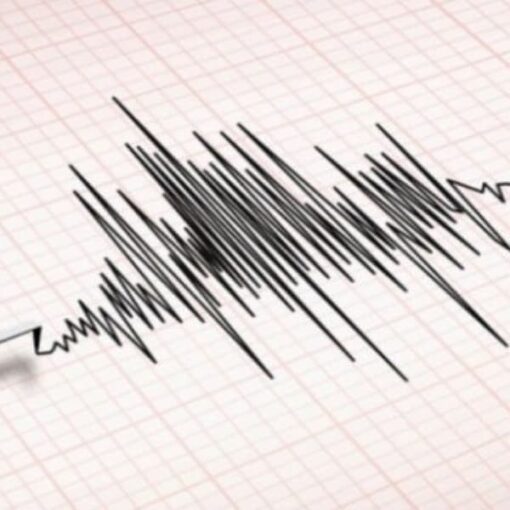Q24N — The United States sent three of its most modern destroyers—the USS Gravely, the USS Jason Dunham, and the USS Sampson—to the Caribbean, accompanied by 4,000 troops, in what constitutes the most significant naval deployment in the region in recent years.
According to Reuters, the naval group that arrived in the last 36 hours is part of the Iwo Jima Amphibious Ready Group, which specializes in rapid deployments and combined operations. The Pentagon had already anticipated this move days ago, justifying it as part of the United States’ strategy to “counter threats to national security from narcoterrorist organizations in the region.”
Caracas’s reaction was immediate. President Nicolás Maduro appeared on national television to announce the deployment of 4.5 million militia members throughout the country, with the aim of defending what he called Venezuelan sovereignty.
“We defend our seas, skies, and lands. No empire in the world will come to Venezuelan soil,” stated Maduro, who also described the US naval presence as a “humiliation” for South America.
Tensions between the U.S. and Venezuela are escalating amid a backdrop of economic sanctions and asset confiscations. Just last week, the Trump administration reported the seizure of more than US$700 million in properties allegedly linked to Maduro, including mansions in Florida and the Dominican Republic, airplanes, a horse farm, and high-value jewelry.
Military Technology and Symbolism
The three destroyers sent to the Caribbean belong to the Arleigh Burke class, considered among the most versatile and powerful ships in the U.S. Navy.
USS Gravely: Equipped with Tomahawk missiles, SM-2, SM-3, and SM-6 air defense systems, and the Phalanx CIWS system. Its design includes a helicopter hangar and its name honors Vice Admiral Samuel L. Gravely Jr., the first African American to command a warship in the U.S. Navy.
USS Jason Dunham: Also from the Flight IIA series, this ship pays tribute to Marine Corporal Jason Dunham, an Iraq War hero who was posthumously awarded the Medal of Honor.
USS Sampson: Named after Rear Admiral William T. Sampson, a protagonist in the Spanish-American War. It is the third ship in U.S. naval history to bear that name.
Each ship is equipped with the Aegis combat system, capable of detecting and neutralizing multiple threats, reinforcing the U.S.’s political-military message in the region.
The U.S. deployment comes at a time when Venezuela is facing a deep political, economic, and social crisis. Maduro, who is largely ignored by the international community, maintains his hold on power thanks to the support of military sectors, the repression of the opposition, and the diplomatic backing of allies such as Russia, Iran, and China.
The U.S., on the other hand, has led international pressure against his government, imposing sanctions, disavowing his legitimacy, and offering a US$50 million reward for information leading to his capture.
The arrival of the destroyers also seeks to strengthen U.S. cooperation with neighboring countries such as Colombia, Guyana, and the Caribbean islands, which have denounced the expansion of drug trafficking in the region.
Risks
Although the Pentagon insists that the operation is part of the strategy against drug trafficking, analysts warn that the U.S. military presence near the Venezuelan coast increases the risk of diplomatic incidents or even clashes at sea.
For some experts, the deployment constitutes a show of force that combines the fight against drugs with a clear political message of non-recognition of the Maduro regime. Others warn that the measure could escalate tensions and be used by Venezuela as an argument to reinforce its anti-imperialist rhetoric.
In any case, the presence of the U.S. destroyers just a few kilometers from Venezuela marks a new chapter in the confrontation between the United States and Venezuela, which mixes geopolitics, regional security, and the fight for control of strategic routes in the Caribbean.
With three state-of-the-art destroyers in the Caribbean and millions of militias deployed in Venezuela, the region is entering a period of maximum tension, where every move will be interpreted as a gesture of power and resistance.
Source link
Q24N



